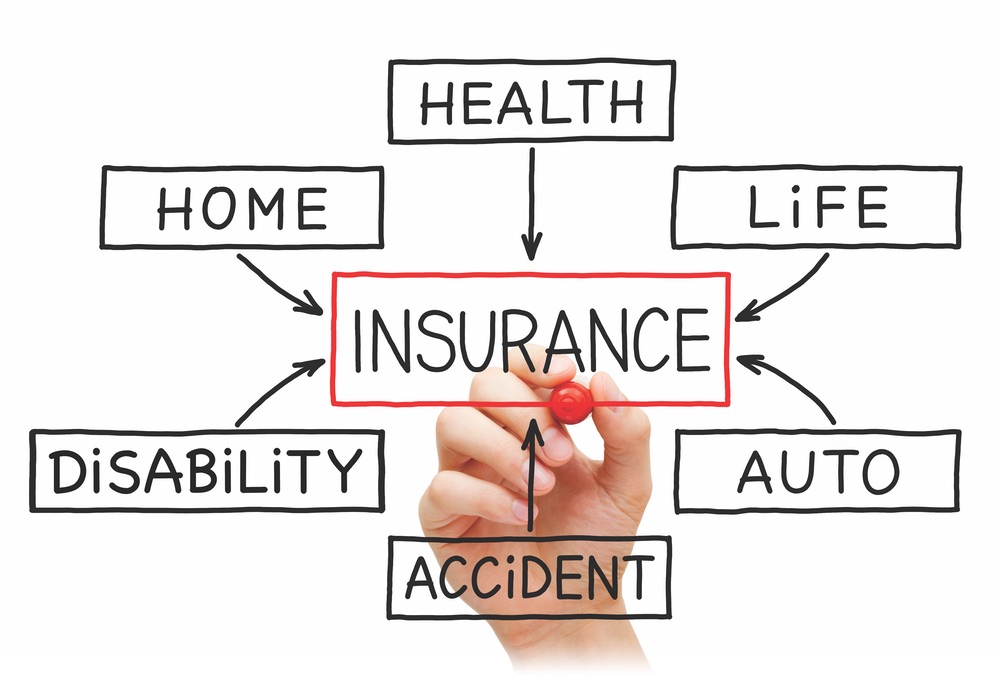
Before hurricanes, tornadoes and floods make summer news, take some time to create or review a disaster plan for your business.
DISASTER SEASON
Depending on where you’re located, chances are bad weather will disrupt your business. Coastal communities will want to keep an eye out for windstorms, as they should every hurricane and tornado season.
According to a forecast issued in early April by Colorado State University’s Department of Atmospheric Science, we can expect to see 13 named storms in the Atlantic basin in 2019. They predict five hurricanes and two major hurricanes. Tornadoes are typically less common in summer, but often develop around hurricanes.
Because heavy rain almost always accompanies damaging winds, floods are another possible peril. You will need to establish an emergency plan, that includes a strategy for evacuation, for your business and, most of all, your employees.
PROTECT YOURSELF
Once you take the steps necessary to protect life, you can plan ahead to protect your property and your business. Having an offsite computer data backup at a physical location or in the cloud is important, as is having a plan to move and protect important papers.
You will want to work with an insurance professional to ensure you have protection that covers financial loss. This includes not only property and casualty coverage, but also flood and business interruption insurance. The latter is crucial because you can experience lost sales after a disaster, even if your company has escaped most of the damage.




